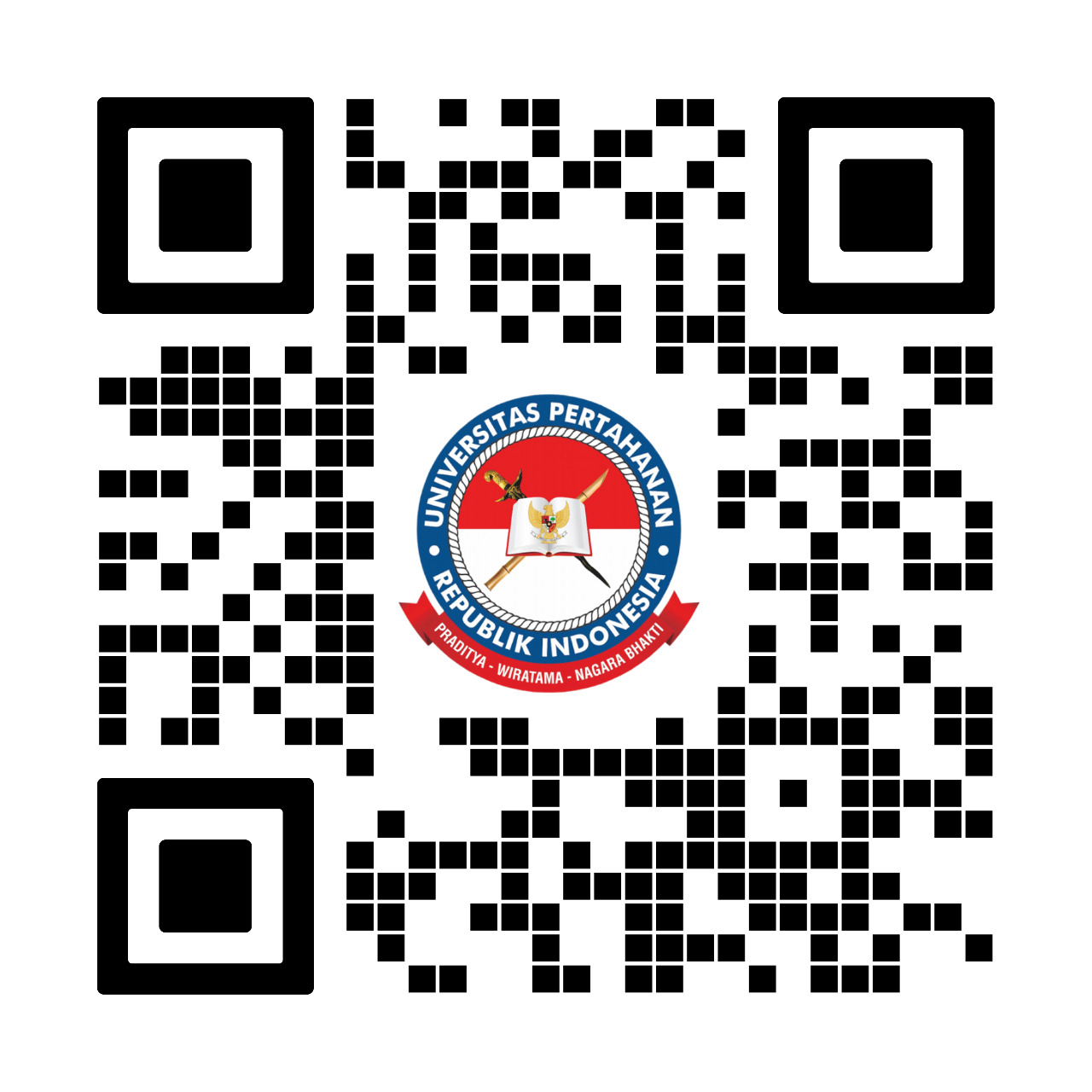Integrating Machine Learning and Wearable Technology to Prevent Musculoskeletal Injuries in Military Training: A Natural Science Approach
(1) Department of Public Health, Faculty of Medicine, YARSI University, Jakarta
(2) Department of Public Health, Faculty of Medicine, YARSI University, Jakarta
(*) Corresponding Author
Abstract
Keywords
Full Text:
PDFReferences
Ahmed, A., Aziz, S., Abd-Alrazaq, A., Farooq, F., & Sheikh, J. (2022). Overview of artificial intelligence-driven wearable devices for diabetes: scoping review. Journal of Medical Internet Research, 24(8), e36010. https://doi.org/10.2196/36010
Alahmari, K. A., Reddy, R. S., Tedla, J. S., Samuel, P. S., Kakaraparthi, V. N., Rengaramanujam, K., & Ahmed, I. (2020). The effect of Kinesio taping on cervical proprioception in athletes with mechanical neck pain-a placebo-controlled trial. BMC musculoskeletal disorders, 21(1), 1-9. https://doi.org/10.1186/s12891-020-03681-9
Gao, L., Zhang, G., Yu, B., Qiao, Z., & Wang, J. (2020). Wearable human motion posture capture and medical health monitoring based on wireless sensor networks. Measurement, 166, 108252. https://doi.org/10.1016/j.measurement.2020.108252
Lovalekar, M., Hauret, K., Roy, T., Taylor, K., Blacker, S. D., Newman, P., ... & Canham-Chervak, M. (2021). Musculoskeletal injuries in military personnel-Descriptive epidemiology, risk factor identification, and prevention. Journal of Science and Medicine in Sport, 24(10), 963-969. https://doi.org/10.1016/j.jsams.2021.03.016
Bindu, S., Mazumder, S., & Bandyopadhyay, U. (2020). Non-steroidal anti-inflammatory drugs (NSAIDs) and organ damage: A current perspective. Biochemical pharmacology, 180, 114147. https://doi.org/10.1016/j.bcp.2020.114147
Buller, M. J., Delves, S. K., Fogarty, A. L., & Veenstra, B. J. (2021). On the real-time prevention and monitoring of exertional heat illness in military personnel. Journal of Science and Medicine in Sport, 24(10), 975-981. https://doi.org/10.1016/j.jsams.2021.04.008
Chan, V. C., Ross, G. B., Clouthier, A. L., Fischer, S. L., & Graham, R. B. (2022). The role of machine learning in the primary prevention of work-related musculoskeletal disorders: A scoping review. Applied Ergonomics, 98, 103574. https://doi.org/10.1016/j.apergo.2021.103574
Deng, S., Zhao, H., Fang, W., Yin, J., Dustdar, S., & Zomaya, A. Y. (2020). Edge intelligence: The confluence of edge computing and artificial intelligence. IEEE Internet of Things Journal, 7(8), 7457-7469. https://doi.org/10.1109/JIOT.2020.2984887
Nassis, G., Verhagen, E., Brito, J., Figueiredo, P., & Krustrup, P. (2022). A review of machine learning applications in soccer with an emphasis on injury risk. Biology of sport, 40(1), 233-239. https://doi.org/10.5114/biolsport.2023.114283
Patel, V., Chesmore, A., Legner, C. M., & Pandey, S. (2022). Trends in workplace wearable technologies and connected‐worker solutions for next‐generation occupational safety, health, and productivity. Advanced Intelligent Systems, 4(1), 2100099. https://doi.org/10.1002/aisy.202100099
Randolph, G. W., Kamani, D., Wu, C. W., & Schneider, R. (2021). Surgical anatomy and monitoring of the recurrent laryngeal nerve. In Surgery of the thyroid and parathyroid glands (pp. 326-359). Elsevier. https://doi.org/10.1016/B978-0-323-66127-0.00036-3
Sharma, K., Anand, D., Sabharwal, M., Tiwari, P. K., Cheikhrouhou, O., & Frikha, T. (2021). A disaster management framework using internet of things-based interconnected devices. Mathematical Problems in Engineering, 2021, 1-21. https://doi.org/10.1155/2021/9916440
Smith, C., Doma, K., Heilbronn, B., & Leicht, A. (2023). Impact of a 5-Week Individualised Training Program on Physical Performance and Measures Associated with Musculoskeletal Injury Risk in Army Personnel: A Pilot Study. Sports, 11(1), 8. https://doi.org/10.3390/sports11010008
Supriya, M., & Deepa, A. J. (2020). Machine learning approach on healthcare big data: a review. Big Data and Information Analytics, 5(1), 58-75. https://doi.org/10.3934/bdia.2020005
Thakur, A., & Konde, A. (2021). Fundamentals of neural networks. International Journal for Research in Applied Science and Engineering Technology, 9, 407-26. https://doi.org/10.22214/ijraset.2021.37362
Tottoli, E. M., Dorati, R., Genta, I., Chiesa, E., Pisani, S., & Conti, B. (2020). Skin wound healing process and new emerging technologies for skin wound care and regeneration. Pharmaceutics, 12(8), 735. https://doi.org/10.3390/pharmaceutics12080735
Wang, B., Li, Y., & Freiheit, T. (2022). Towards intelligent welding systems from a HCPS perspective: A technology framework and implementation roadmap. Journal of Manufacturing Systems, 65, 244-259. https://doi.org/10.1016/j.jmsy.2022.09.012
Wardle, S. L., & Greeves, J. P. (2017). Mitigating the risk of musculoskeletal injury: a systematic review of the most effective injury prevention strategies for military personnel. Journal of science and medicine in sport, 20, S3-S10. https://doi.org/10.1016/j.jsams.2017.09.014
Refbacks
- There are currently no refbacks.
 | Office Address: Faculty of Military Mathematics and Natural Sciences Republic of Indonesia Defense University Indonesian Peace and Security Center Complex, Sentul, Bogor 16810, Indonesia Email: munisi.unhanri@gmail.com | WhatsApp: +6285742313964 |

This work is licensed under a Creative Commons Attribution-ShareAlike 4.0 International License.
| Munisi: Military Mathematics and Natural Sciences View |


